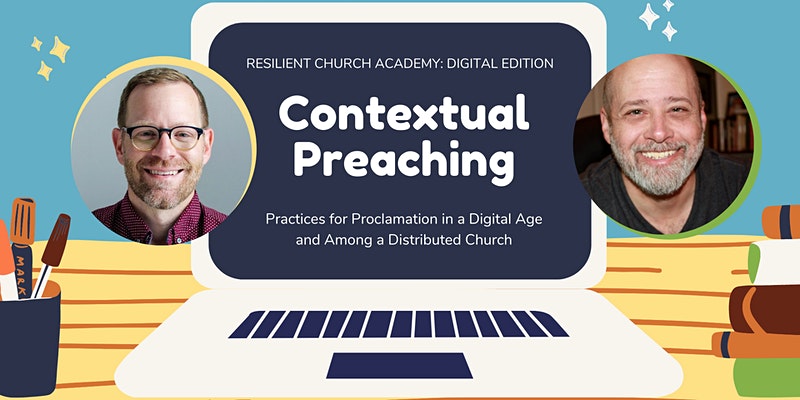About 20 years ago I was helping out a friend who was the young adults pastor at a medium-sized church in the Portland, OR area. The pastor and main Sunday communicator prided himself on his expository preaching and as the new technology of PowerPoint and projectors became more and more prevalent in the church, with a little encouragement from the younger staff members, he decided to incorporate it into his preaching.
Every week, he would hand his sermon manuscript to the worship pastor who would dutifully take the outline and reproduce it faithfully on slides. Maybe a little too faithfully. Each week, we were treated to at least 10 slides, each with a point and four or five sub points. And each and every point and sub-point using the “superman” fly-in effect as the slides progressed. I watched in both amusement and disbelief as 400 people would literally lean backwards from the giant screen above the stage each time a sub-point would come flying towards them. Again and again. 40-50 times a Sunday.
Taking his written outline and trying to transfer it directly to a visual medium like PowerPoint just didn't work.
Tweet this.
I applauded his effort and desire to experiment with new technologies, but taking his written outline and trying to transfer it directly to a visual medium like PowerPoint didn’t work. The “superman” transitions were just the icing on the fail cake.
Pandemic Preaching?
Today, many of us are in the same boat. The pandemic has forced us to preach using new mediums and new methods… and many are finding that preaching the same sermon we would preach to our congregations sitting in the chairs or pews in front of us to either a camera/zoom-only audience, or to a mixed crowd of in-person and online listeners doesn’t yield the same results it used to. People’s attention spans, how they process information, their desire for interactivity- all are different, and preachers are struggling to connect.
Our seminary homiletics classes and preaching textbooks all trained us to communicate in a paradigm we’re no longer inhabiting.
Our seminary homiletics classes and preaching textbooks all trained us to communicate in a paradigm we're no longer inhabiting.
Tweet this.
To navigate communication during this season, and the inevitable long-term changes it will bring in how we communicate, we need to learn some new things, but we also need to unlearn some of the old things. Things like, monologue being the best or only way to communicate, or that real preachers preach longer sermons and ask only rhetorical questions.
Luckily, this isn’t anything the church hasn’t faced before. From Peter’s proclamation in Acts 2 until today, preaching has been central to how the church gathers and disciples. Preaching is one of the timeless responsibilities of the Church. However, in certain seasons the means and modes of preaching have made necessary shifts in order for the Church to be more faithful to the gospel. Charles Spurgeon pioneered large auditorium-style preaching. John Wesley took up “field preaching” so that the masses could hear the good news. Billy Graham took the gospel to stadiums, and Robert Schuller preached in drive-ins. Today, our context is dictating both the strengthening of our preaching and innovating of our preaching at the same time.
Contextual Preaching.
With all this in mind, we’ve put together a Resilient Church track designed to give you the tools and skills you’ll need for proclamation not only in this season of COVID, but beyond. In the Contextual Preaching track of the Resilient Church Academy you’ll learn how to innovate new approaches that capture people’s attention online and connect through purposeful dialogue.
Together, we’ll identify and implement best practices for communicating well in the digital sphere, develop strategies for contextually attentive communication, and practice sermonic conversation as a mode of dialogical communication.
Whether or not you are struggling to preach well in this new pandemic reality, Contextual Preaching will challenge and equip you as you proclaim Good News in the digital age.


